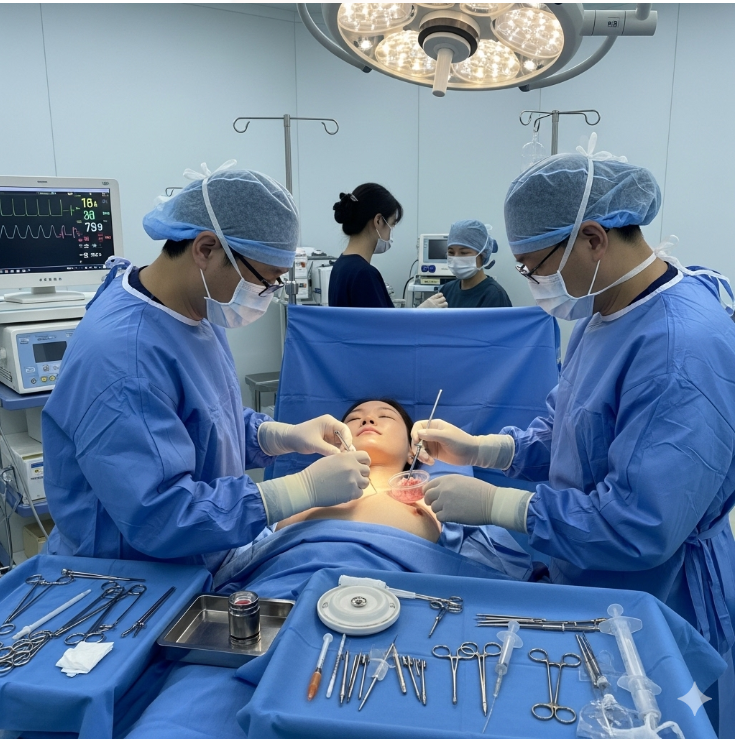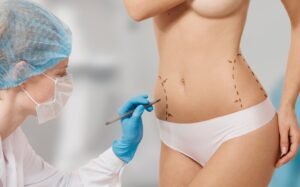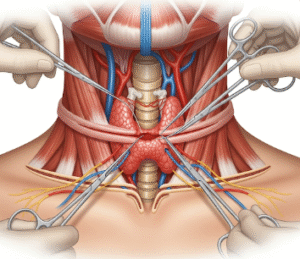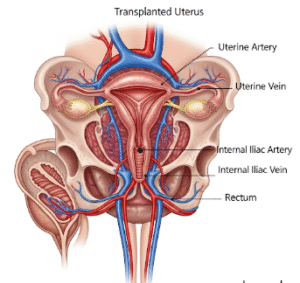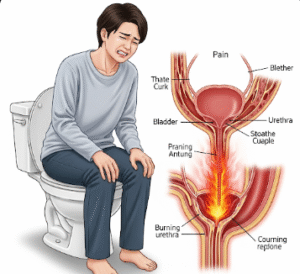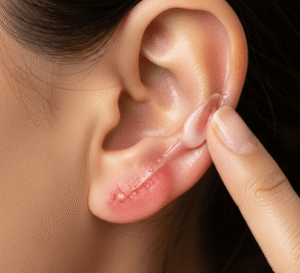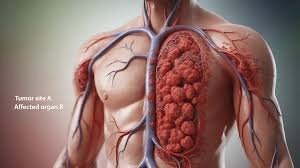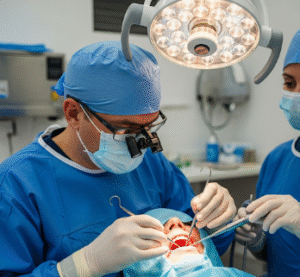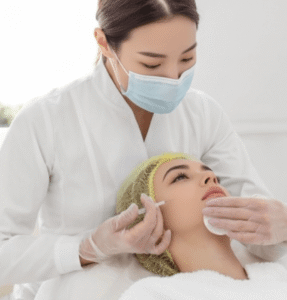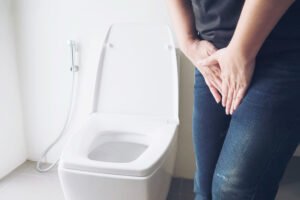What It Is
Breast augmentation with fat transfer, also known as autologous fat grafting, is a procedure that enhances the size and shape of the breasts using the patient’s own fat. Fat is harvested from areas such as the abdomen, thighs, or flanks through liposuction, processed, and then injected into the breasts.
Unlike implants, fat transfer provides a natural look and feel, moderate volume increase, and additional body contouring benefits from liposuction. In Korea, this method is performed with refined fat processing techniques, microinjection methods, and advanced imaging guidance to ensure high graft survival rates and minimal complications.
Why It’s Done
Patients choose fat transfer for breast augmentation because:
- They prefer a natural enhancement without implants.
- They want to correct mild asymmetry or refine breast contour.
- They seek both breast enhancement and body contouring at the same time.
- They wish to avoid foreign materials in their body.
Good candidates include:
- Women seeking modest breast enlargement (typically ½ to 1 cup size).
- Patients with enough donor fat for harvesting.
- Individuals in good health who prefer natural results.
Alternatives
- Breast implants for patients desiring significant size increase.
- Hybrid augmentation (implants + fat transfer) for combined volume and natural softness.
- External prostheses or padded bras for non-surgical enhancement.
Preparation
Before breast fat transfer in Korea, patients will:
- Have a consultation including breast imaging and donor site evaluation.
- Undergo blood tests and general health assessment.
- Stop smoking and alcohol 2–4 weeks before surgery (to improve fat survival).
- Avoid blood-thinning medications and supplements.
- Maintain a stable weight for better long-term results.
How It’s Done
- Anesthesia: General anesthesia or sedation with local anesthesia is used.
- Liposuction: Fat is harvested from areas such as the abdomen, thighs, or flanks.
- Processing: The fat is purified using centrifugation or filtration.
- Injection: Small amounts of fat are injected into different layers of the breast for even distribution and optimal survival.
- Duration: 2–4 hours depending on the volume transferred.
Recovery
- First week: Swelling, bruising, and soreness at both donor and breast sites are common.
- Return to activities: Light activities in 3–5 days; full exercise after 3–4 weeks.
- Compression garments: Worn on donor sites for 2–4 weeks.
- Final results: Breasts settle into a natural shape within 2–3 months.
Possible Complications
- Partial fat resorption (some fat may be absorbed by the body).
- Formation of small lumps or cysts.
- Calcifications visible on future breast imaging.
- Asymmetry or need for additional sessions to achieve desired volume.
- Rare risks: infection or fat necrosis.
Treatment Options in Korea
Diagnosis
Korean surgeons use breast imaging (ultrasound or MRI) and 3D simulation to plan the procedure and predict outcomes.
Medical Treatments
- Non-surgical enhancements such as external devices or fillers (rarely used in Korea for breasts).
Surgical or Advanced Therapies
- Pure fat transfer for natural enhancement.
- Hybrid augmentation combining implants with fat transfer for more volume and softness.
- Stem cell-enriched fat grafting offered in some advanced clinics to improve fat survival.
Rehabilitation and Support
- Scarless results, as only tiny liposuction and injection points are used.
- Regular follow-up imaging to ensure breast health.
- Nutritional and lifestyle guidance to maintain stable weight and graft survival.
- International patients benefit from Korea’s refined fat grafting techniques, advanced liposuction systems, and multilingual aftercare services.

